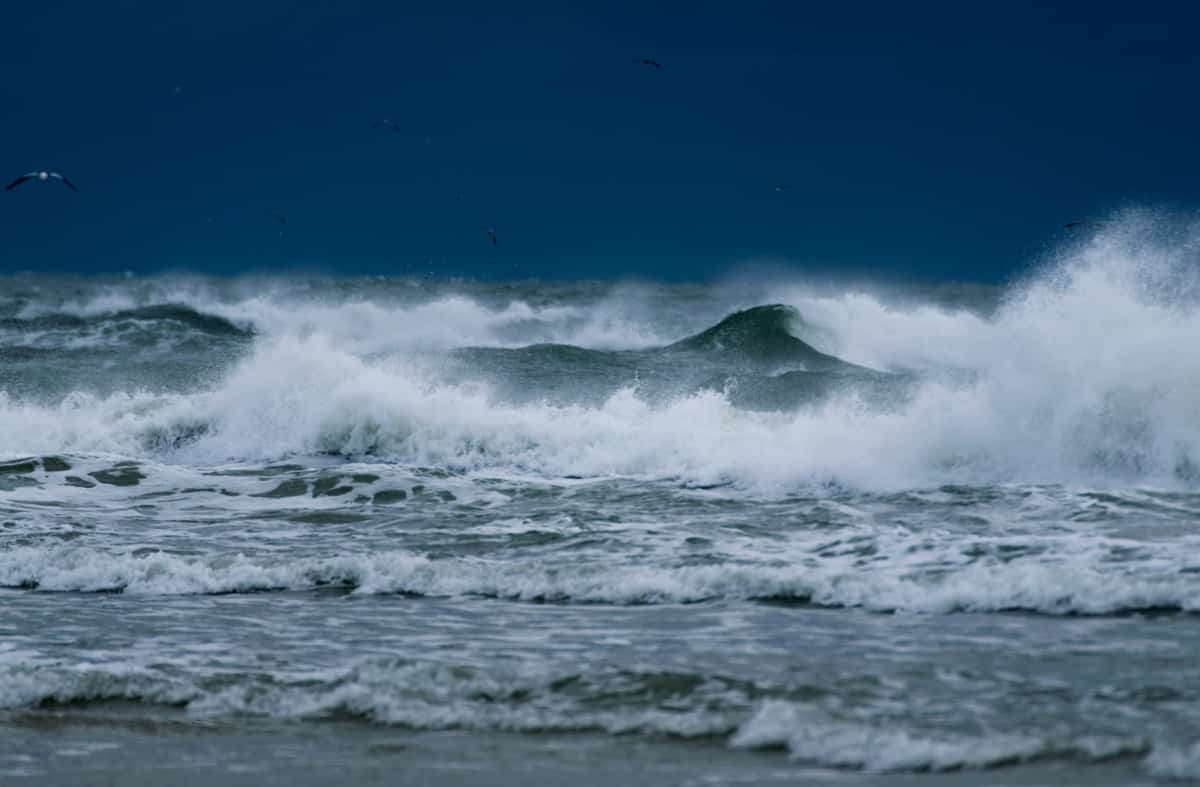There’s usually two signs a hurricane is heading your way. The first is when a weather forecaster says so; the second is when everyone around you is frantically glued to their phone searching for weather updates during hurricane season.
Hurricanes, big or small, are always a topic of conversation. Mostly because of their undeniable magnificence, stemming from their ability to force millions of people out of cities or churn sustained winds of over 74 miles per hour. These vicious and ruthless storms can blow down buildings, rip off roofs, and flood towns. Naturally, you’ll want to take the necessary safety precautions to ensure you and your loved ones are ready if a storm of this magnitude were heading your way.
Not sure how to prepare? Well, you’ve come to the right place. We have a few pointers to share that can guide you the next time a hurricane with a funny name is approaching.
But first, let’s do some housekeeping and discuss what a hurricane is, when hurricane season takes place, and track down the latest storms.
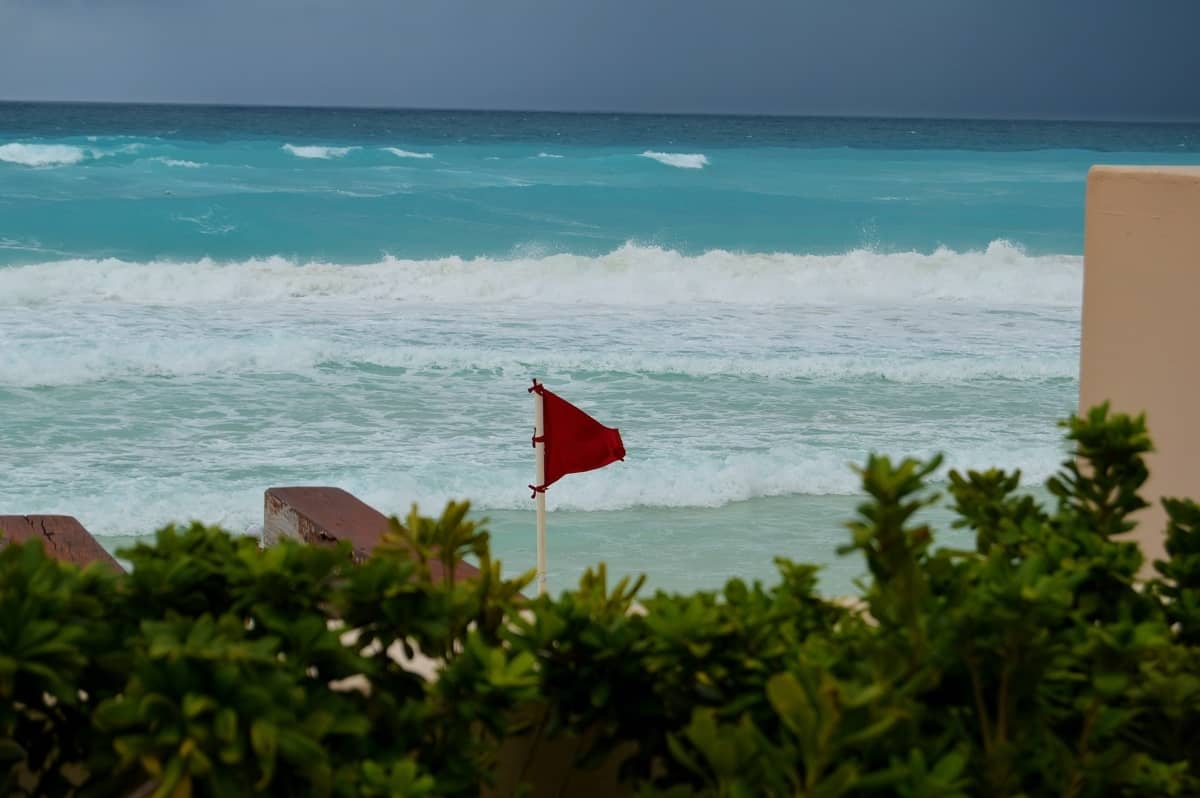
Hurricane Preparedness Tip #1: Understanding the Basics
What’s a Hurricane
A hurricane is a powerful, rotating tropical cyclone. The storm builds strength from warm water and hovers over an area to release heavy rainfall, powerful winds, and even tornados to the land in its path. The strength of a hurricane is categorized in the Saffir-Simpson Hurricane Wind Scale from a 1 to 5 rating.
When Is Hurricane Season?
Hurricane season starts on June 1st and ends November 30th. According to weather.gov, this wide window often produces six hurricanes over the Atlantic Ocean, Carribbean Sea, and Gulf of Mexico.
Hurricane Tracker: What Storms Are on the Horizon?
Keeping track of current storms during hurricane season is an excellent way to prepare your family and home. Refer to these status updates for critical storm alerts.
Hurricane Season 2021 Active Threats, Updated 09/02
Hurricane Larry
- Landfall: Projected to hit Bermuda, but path uncertain
- Winds: 80mph with large and quick intensification forecasted by Friday (09/03) night.
- Threats: Strong winds, flooding, and storms.
Hurricane Season 2021 Previous Threats
Tropical Storm Fred
- Landfall: August 16, 2021 at 2:15 p.m. CDT in Florida Panhandle
- Winds: 50 to 65 mph
- Threats: Strong winds, flooding rain, storm surge, tornadoes
Tropical Depression Grace
- Expected Landfall: Haiti on August, 16, 2021; Mexico’s Yucatan Peninsula on August 21, 2021
- Winds: 35 mph
- Threats: Strong winds and heavy rain
Tropical Storm Henri
- Expected Landfall: Connecticut, Rhode Island and New York on August 21, 2021
- Winds: 60 mph
- Threats: Strong winds, heavy rain, and flooding
Hurricane Ida
- Landfall: Sunday, August 29 in Louisiana
- Winds: Expected 110 mph upon landfall
- Threats: Strong winds with the potential for rapid intensification when it reaches the warm Gulf waters, currently expected to hit as a Category 4 storm. Parts of Louisiana are under an evacuation order as of 08/27.
Hurricane Preparedness Tip #2: Understanding the Categories
Rule #1: Know Your Categories
First and foremost, understanding the different hurricane categories can help you determine the level of precautions you need to take. For example, a category 1 hurricane might not require as much preparation as, say, an extremely dangerous category 4.
Category 1
According to the Saffir-Simpson wind scale, this is the weakest form of hurricane. Sustained winds can range anywhere from 74 to 95 miles per hour. However, a category 1 hurricane is hardly a storm to take lightly. These winds are still powerful enough to damage a roof’s shingles or gutters. Tree branches can break, which depending on where they fall, can damage vehicles, outdoor furniture, or other items on your property. Hurricanes in this category will produce lots of rainfall, which can encourage flash flood warnings, and in some cases, actual floods.
Category 2
Category 2 storms have sustained winds of 96-110 miles per hour. They are stronger than a category 1, so expect more of a disturbance. This hurricane is typically most harmful on roofs, creating costly damage or even the need for a replacement. Sometimes, trees are uprooted and heavy, continuous rainfall is most likely to occur. Expect flying debris. Lengthy power outages are also the norm when a category 2 hurricane blows through town.
Category 3
The Saffir-Simpson scale attributes a category 3 hurricane as a storm with sustained winds of 111-129 miles per hour. A storm of this magnitude is when you should start to consider evacuating your home. According to the Occupational Safety and Health Administration (OSHA), category 3 storms and stronger are a major hurricane and can cause devastating damage, impacting windows, doors, and roofs. Homes built on a sturdy foundation are likely to experience extreme wind damage that will require extensive repairs. Similar to a category 2 storm, trees will be uprooted and you can expect power outages. In some cases, water may be unavailable for an extended period.
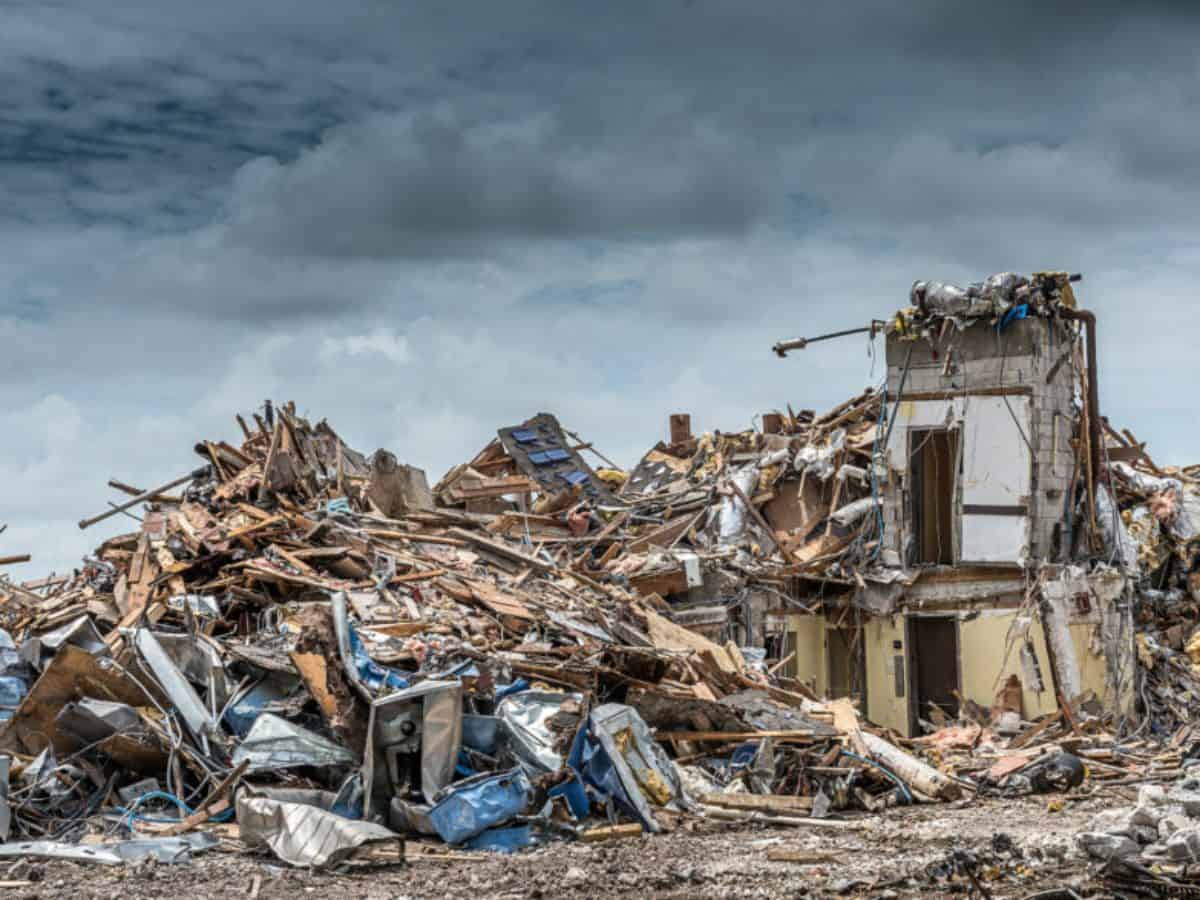
Category 4
Again, we highly encourage you to evacuate your city if a category 3 hurricane or stronger is heading your way. A category 4 storm has sustained winds of 130-156 miles per hour. Catastrophic destruction will impact your home. Homes built on sturdy foundations will endure extreme damage requiring extensive repair. You can also expect costly damage to your roof or even the need for a complete replacement. Windows, doors, and the siding of a house can break apart. Trees in your area will have snapped or been uprooted, and it’s not uncommon to see fallen power poles on the street or within your neighborhood. Expect power outages to last weeks, in most severe cases, months. You most likely will not be able to return to normal living conditions for months.
Category 5
The most dire on the Saffir-Simpson scale is a category 5 hurricane. A category 5 hurricane has sustained winds of 157 miles per hour or higher. You should plan to evacuate your home as soon as possible when a storm of this magnitude is projected to hit your city. The destruction is catastrophic and will demolish many homes, uproot trees, and blow down power poles. Power outages will last weeks or months, depending on the storm’s severity. Similar to a category 4 storm, you will most likely not be able to return to normal living conditions for months on end.
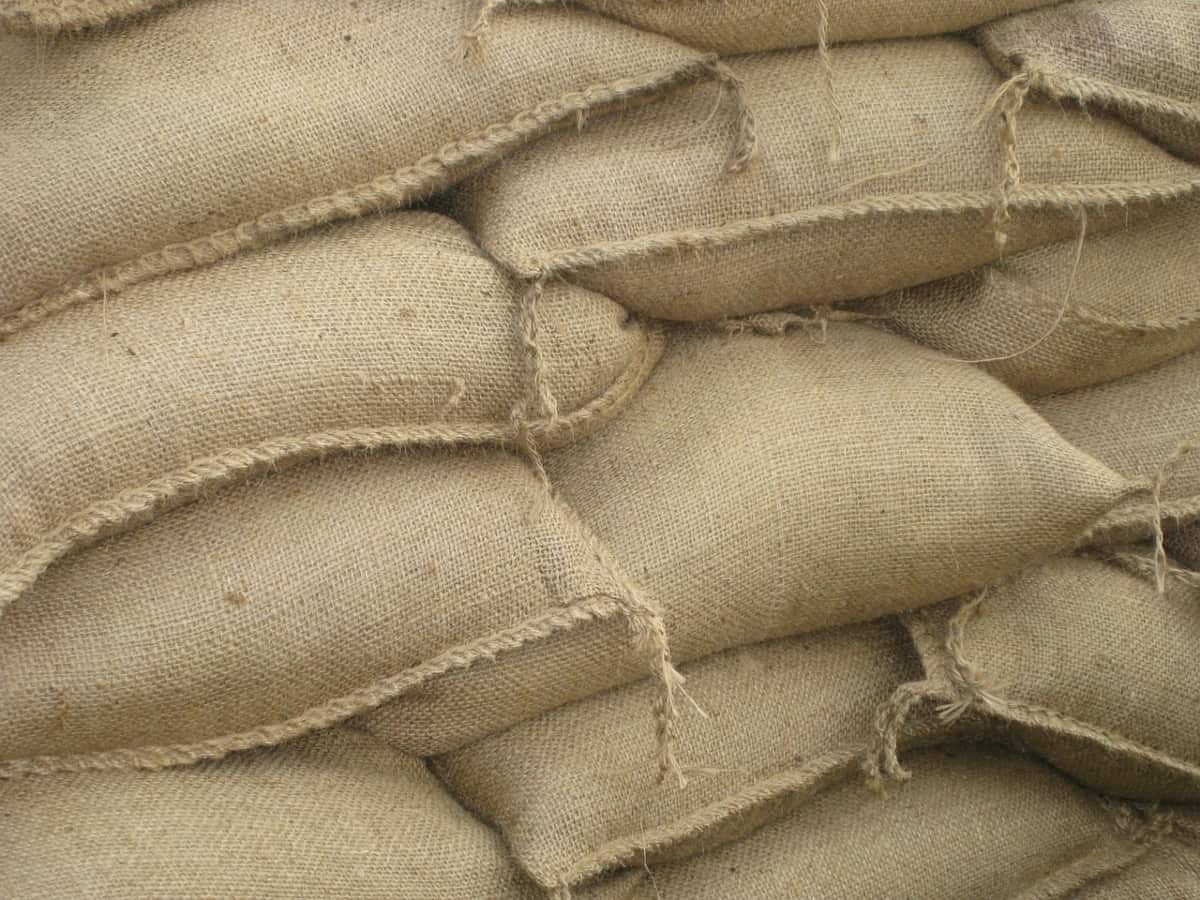
Hurricane Preparedness Tip #3: What To Do When a Storm Is Approaching
Before a Hurricane Arrives…
So it happened. Your area is forecasted to receive a visit from a hurricane. It’s natural to feel a sense of dread knowing the possibility of the damage your town is likely to incur. However, we advise you to act fast to preserve the safety of your family and property.
General Tips
- First, keep up with any updates regarding the strength of the storm. The stronger the hurricane means the more likely you should leave and seek shelter elsewhere. Check-in with your local news station or follow updates from national news outlets like The Weather Channel for important information.
- Try to prepare your home as much as you can. Obviously, you never know the amount of damage a storm will bring, however, there are still meaningful efforts you can take to reduce overall damage. This includes trimming your trees so loose or broken branches can’t impact your home. Bring outdoor furniture or other large outdoor items inside.
- Put sandbags in front of doors to prevent flooding.
- If you can, move each of your family’s vehicles inside the garage.
- Board up windows with plywood or fasten hurricane shutters.
- Lock doors and secure your garage door.
- Fill up bathtubs with water in case you need access to clean water during an outage.
- Re-evaluate the elevation of your home and neighborhood. How likely is your area to suffer from flood damage?
- Brush up on what’s in your home and auto insurance policies. Do you have flood insurance? Contact your insurance agent right away if you don’t.
- Pack an Emergency Kit.
Evacuation Tips
- If evacuating, search Google or FEMA to locate your nearest shelter for evacuation. If you’re evacuating, but not to a shelter, finalize these arrangements. For example, secure the hotel or Airbnb reservation ahead of time. Coordinate with family and friends if you plan to stay with them. Leave with enough time to avoid running into the storm.
- Know your evacuation route. Save these directions on your favorite GPS application and have a backup route, just in case.
- Pack an Emergency Kit.
During a Hurricane…
- Stay inside until the storm passes and city officials give the okay for you to venture outside of your home.
- If the storm worsens, keep away from windows as flying debris might blow against the glass.
- Check-in on storm updates provided on television, radio news shows, or social media outlets.
- Communicate with loved ones to provide updates on your status.
- If the storm worsens, go inside of a bathroom or a room without windows.
- Under severe circumstances, turn off appliances or utility equipment.
After a Hurricane
- Before venturing outside of your home, wait for officials to confirm whether it’s safe to be outdoors.
- Monitor news outlets for important information.
- When it’s safe to be outside, monitor your property for signs of damage. Big things to lookout for include loose power lines or gas leaks. Photograph any damage to show your insurance provider. Wear the appropriate protective clothing while inspecting, such as gloves and closed-toe shoes.
- Inspect motor vehicles left outside.
- Contact your insurance provider to issue any claims.
- Avoid getting close to loose power lines. Report any sightings of damaged power lines to your local power company.
- Because hurricanes can contaminate local water supplies, wait to use tap water until officials declare the water safe.
- Evacuees should avoid returning home until officials state the area is free from danger.
- If your area has received catastrophic damage and you cannot visit home, find shelter in nearby towns.

How To Keep Your Furry Friends Safe
Maintaining our own safety and the safety of our loved ones is always a top priority when a dangerous storm is approaching. And if you own a pet, you’re obviously going to want to make sure they’re ready for the shifting weather. But how can we protect them? While we can’t control mother nature, we can take a string of necessary measures to keep our pets safe during hurricane season.
Did you know you can save money on your veterinary bills with pet insurance? Learn more about pet insurance today.
General Tips
- First, bring your pets inside. The last place they should be when a hurricane is approaching is out in the elements. In some cases, they may even venture away from home as the weather worsens (and who can blame them?). Find a safe space inside the home that’s away from windows for your furry friends to stay in comfort.
- If you’re evacuating, do some research beforehand to find accommodations that will accept pets. If you’re evacuating some place that doesn’t accept pets (although the PETS Act should make this highly unlikely), ask reliable friends to watch your pet or check with your veterinarian for suggested boarding spots.
- Keep cats or other small animals inside of a crate or pet carrier. They’d probably appreciate it if one or two of their favorite toys were inside to keep them comfortable. Write important contact information on top of the carrier for easy identification.
- If your pet is anxious during storms, visit your local pet store for a calming wrap jacket designed to apply constant pressure to soothe anxiety. Put the jacket on your pet prior to the storm’s arrival. Then take the jacket off when the weather improves.
Identification Tips
- Double check your pet’s name tags to make sure the information is up to date.
- Does your pet have a microchip? These are tiny radio-frequency identification transponders that hold your pet’s unique identification code. This code is associated with your pet’s name and contains your contact details. This is one effective way to ensure that, if for some reason your pet is lost in the storm, there are means for a shelter to return your furry friend back to you if they find him or her. If your pet doesn’t have a microchip, swing by your local vet or pet adoption service for the procedure before the storm arrives.
- Ask your veterinarian or check your local pet store for a Pet Alert window sticker. This will help rescue workers who stop by your home during or after an emergency. You should place this on a window closest to the front of your home. Make sure it reads your name, phone number, and the number of pets inside your house. You should also specify the type of pets you have.
- Pack a Pet Emergency Kit.
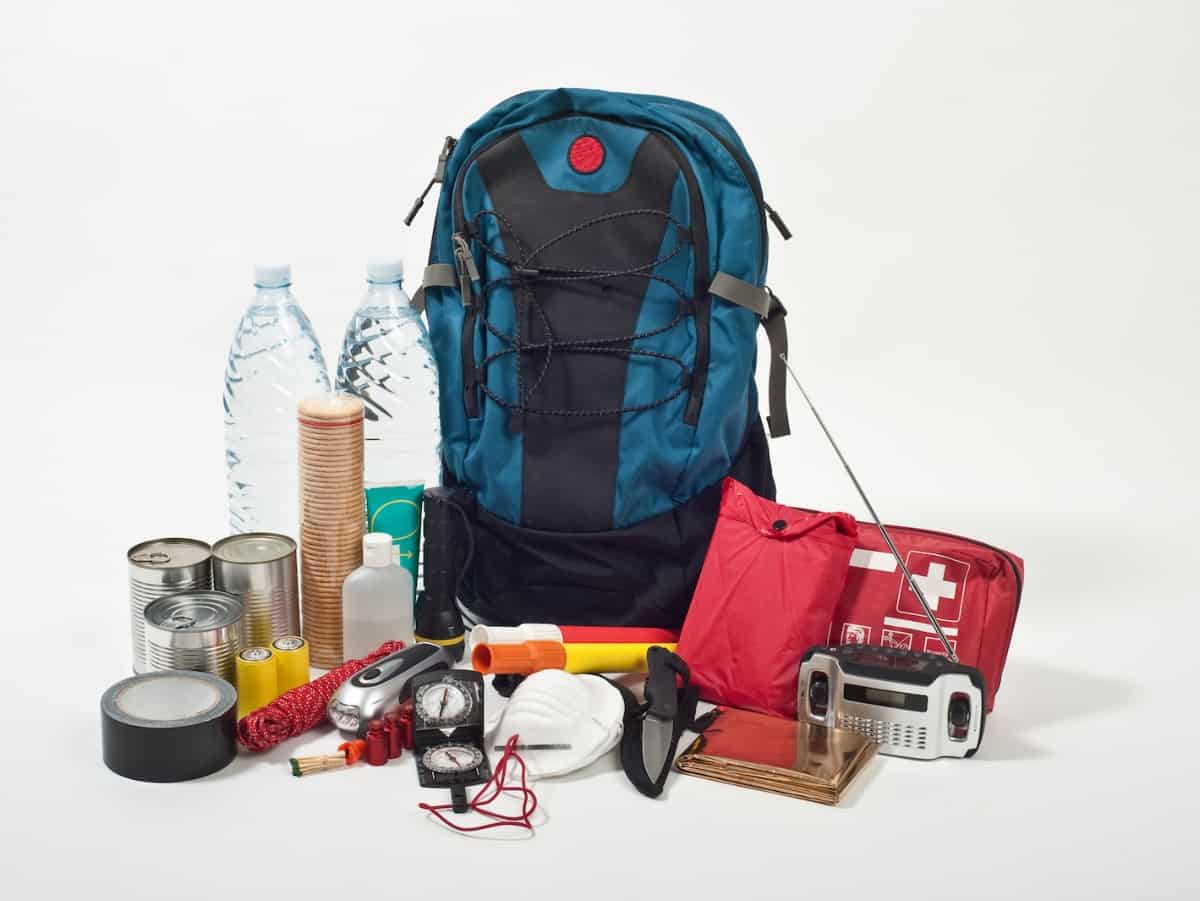
Hurricane Preparedness Tip #4: Build an Emergency Kit
An emergency kit will provide you with some much-needed aid if you were to find yourself in an unfortunate situation during hurricane season. Keeping the following items inside of a sturdy bag is essential for survival in the event of the unexpected. Some necessities to have on hand during hurricane season include:
Food, Health, and Comfort
- Water. This will always be a go-to item. Use it to stay hydrated and for other sanitary purposes. Have at least one gallon per person, per day, for a minimum time span of three days.
- Food. Snacks are always great to have on hand, but try packing up on non-perishable goods that will last longer.
- Can opener to open canned non-perishable goods
- Dust mask
- Non-prescription medications (pain relievers, antacids, or anti-diarrhea medication)
- Medications
- Medical records sealed in a waterproof bag or container
- Sleeping bags, blankets, and towels
Electronics
- Flashlight
- Batteries (try having an assortment of sizes for varying use cases)
- Cell phone chargers, portable chargers, backup batteries
Navigation
- Maps
Personal Hygiene
- Take care of personal sanitation with moist towelettes and garbage bags. You can tie the garbage bags with plastic ties.
- Parents with small children should bring baby formula, bottles, diapers, wipes and diaper rash cream
- Feminine supplies
- Spare clothing
Cleaning and Sanitation
- Soap and hand sanitizer
- Disinfecting wipes
- First aid kit
Miscellaneous
- Whistle
- Fire extinguisher
- Insurance policies, bank account records, hard copy of prescriptions
- Matches kept in a waterproof container
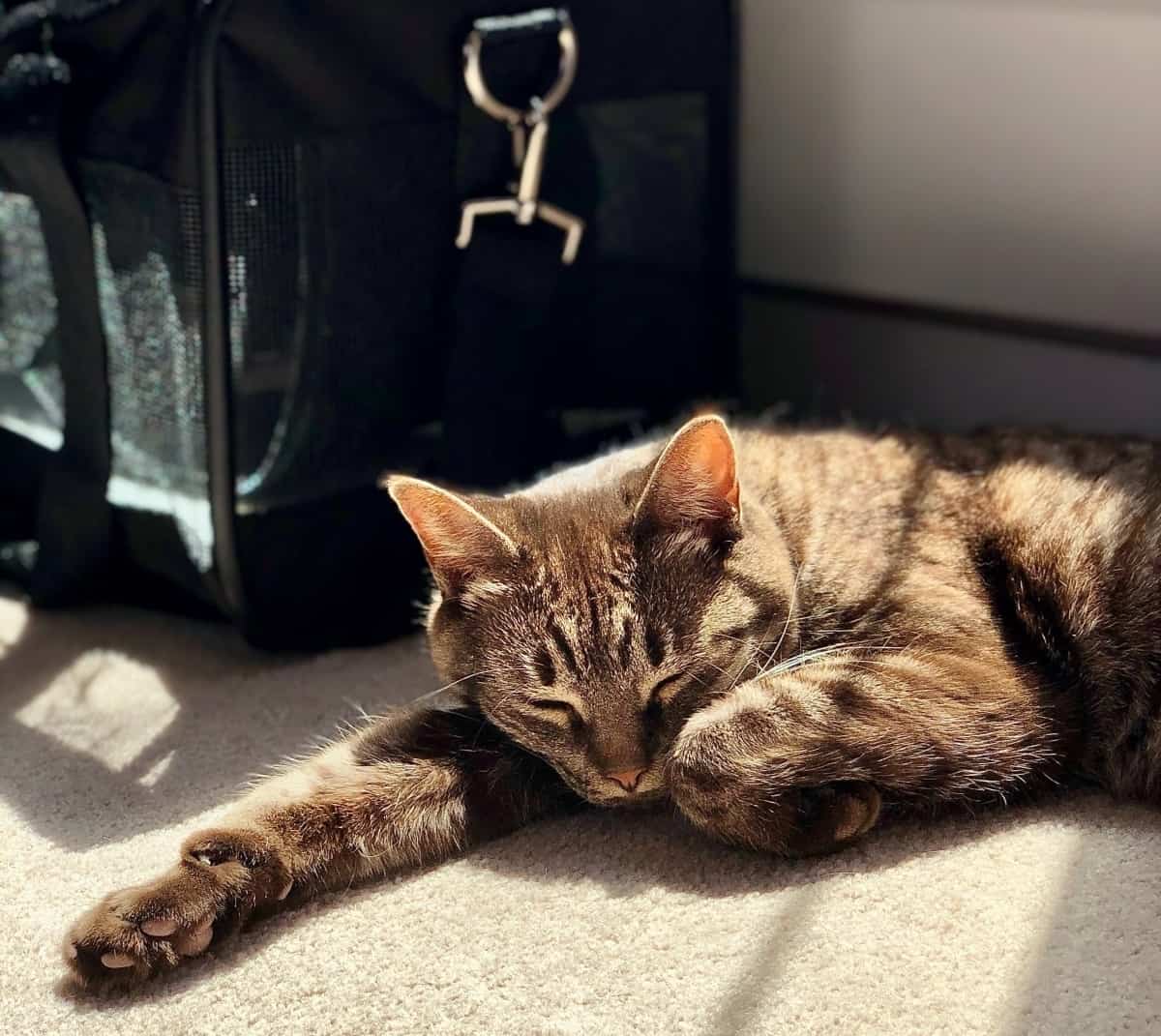
Pet Emergency Kit
Food, Health, and Comfort
- Food. Pack enough non-perishable pet food to last at least five days.
- Pet food bowls
- Manual can opener
- At least one gallon of water for drinking or sanitary purposes
- Medications and prescriptions
- Medical records and proof of vaccinations sealed in a waterproof bag or container
- Secure pet leash or carrier
- A few of their favorite toys
Personal Hygiene
- Garbage bags
- If you own a cat, bring a litter box, litter, scoop
- Deodorizing pet wipes
Identification
- Up-to-date photos of your pets with an accurate description of their physical appearance
Hurricane Preparedness Tip #5: Get Insurance
One of the best ways to prepare for hurricane season is with insurance. Homeowners insurance and flood insurance are essential for families living in areas prone to these powerful storms. Build a policy that covers all your bases.



